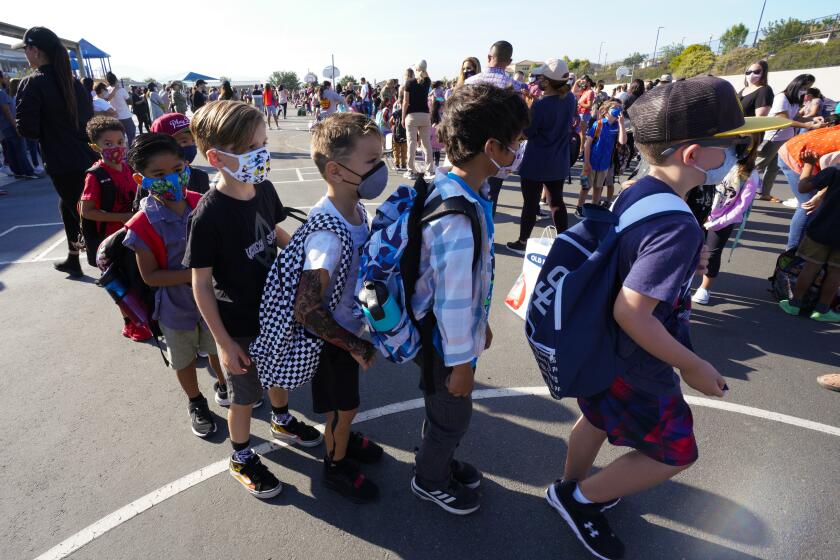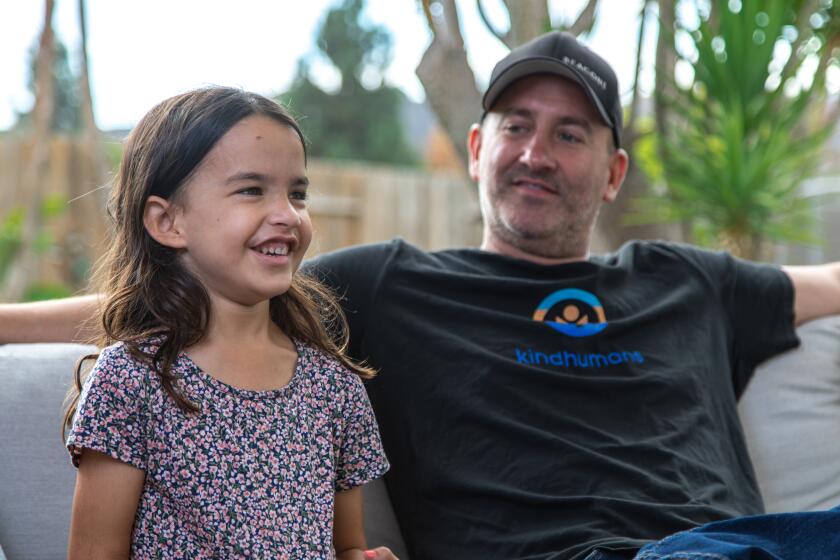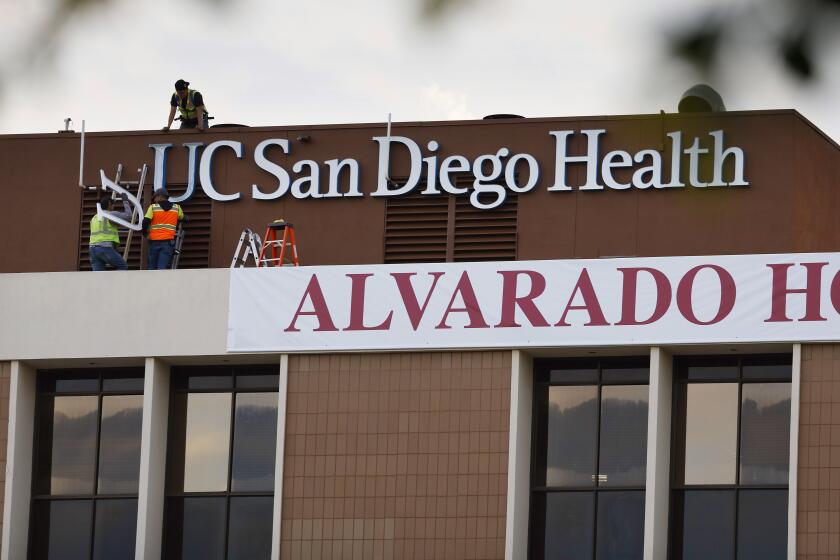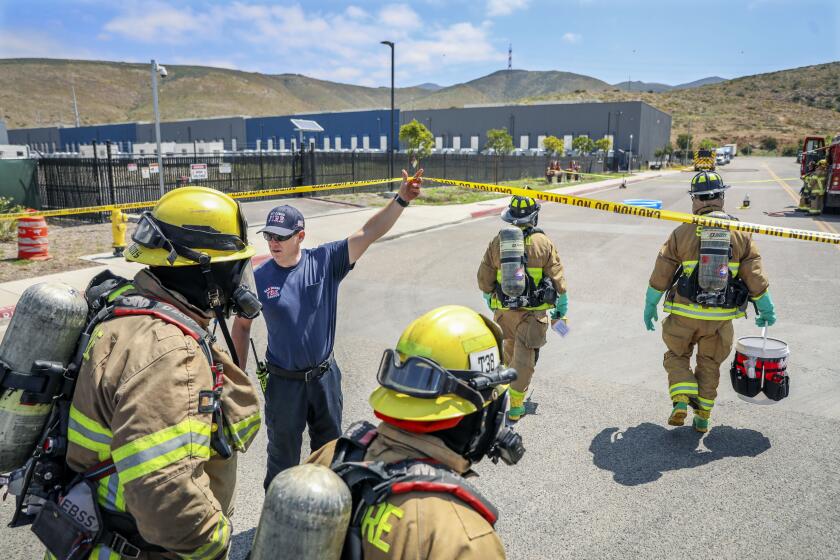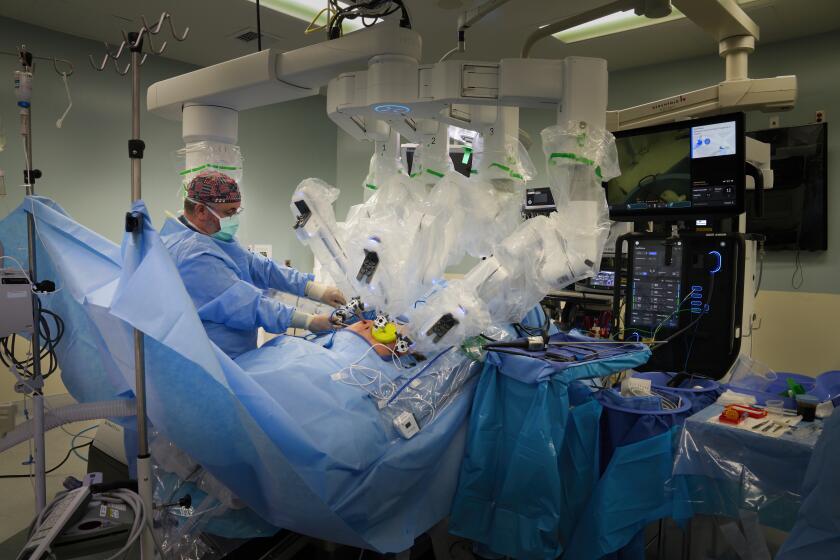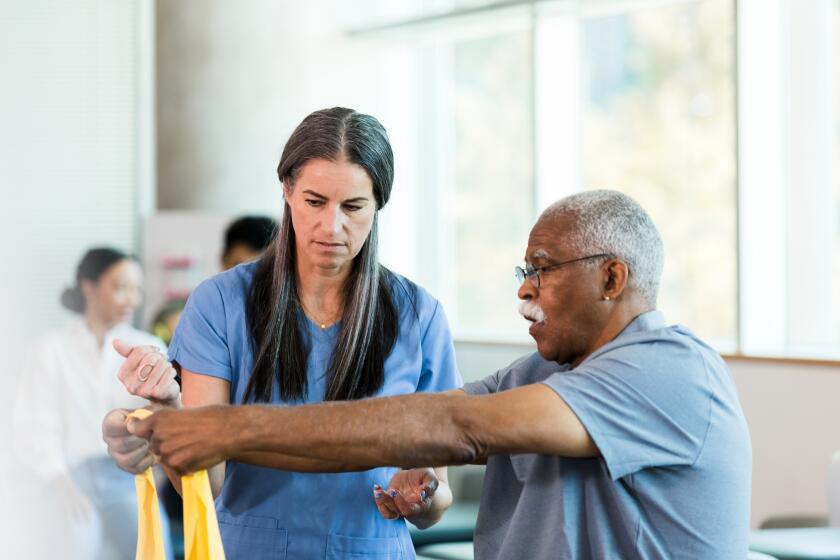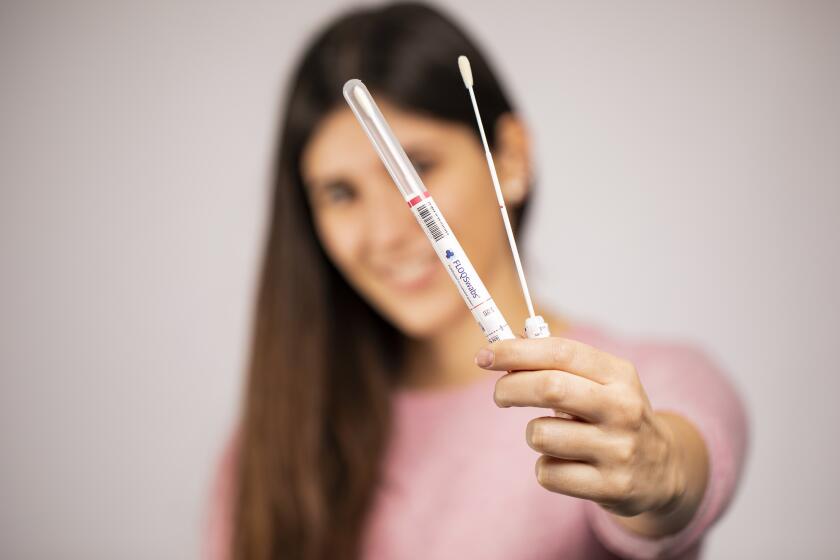Is it OK to go trick-or-treating in San Diego this Halloween?
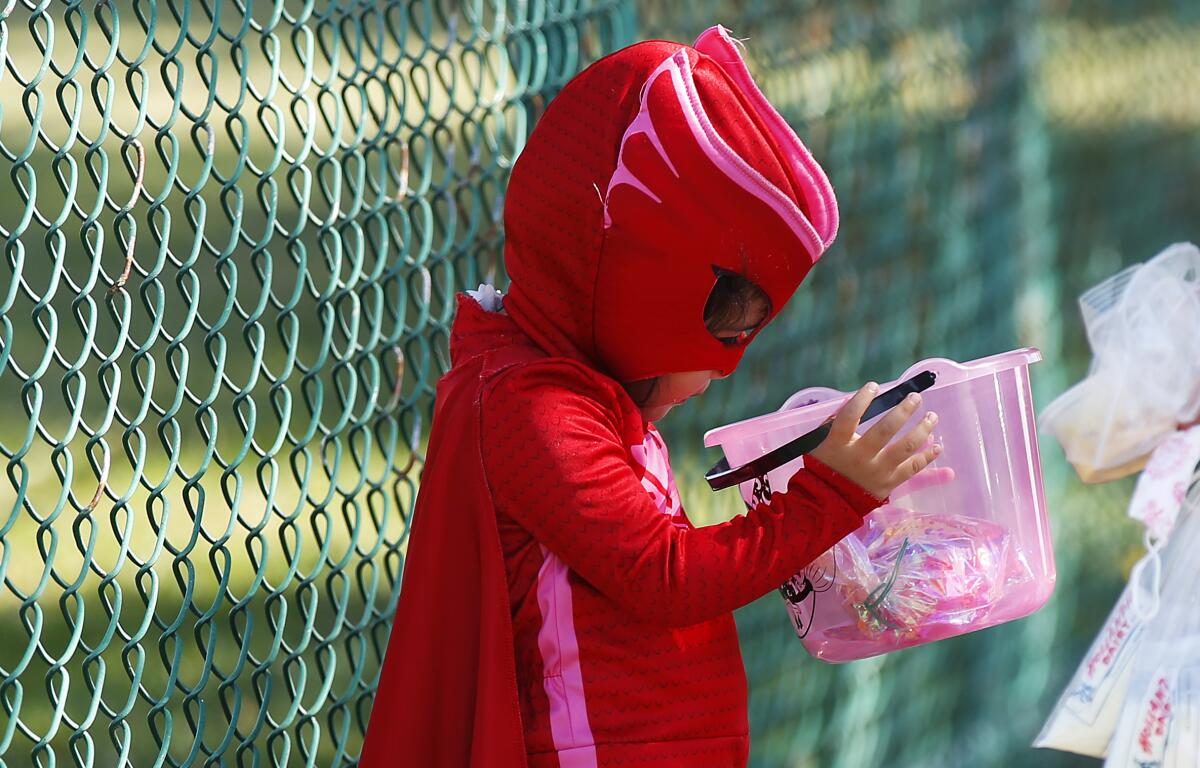
Yes, but San Diego experts urge caution as COVID continues to spread in San Diego County at rates similar to last year.
Surely, the two-thirds of San Diego County residents now fully vaccinated would have expected Halloween to look very different this year when they started getting their shots last winter.
But as kids head out for trick-or-treating on Sunday, the numbers do not look much different than they did one year ago, prompting public health officials to counsel caution just as they did last Halloween.
Dr. Seema Shah, medical director of the county’s epidemiology and immunization services branch, said Wednesday afternoon that the level of virus still circulating in the community warrants continued vigilance.
“Wearing your mask, using hand sanitizer, cleaning your hands, avoiding large gatherings indoors, those are all recommendations this year,” Shah said. “We still have a good proportion of the population that can continue to transmit the disease, and we are still a county that has substantial (coronavirus) transmission going on.
“Until more of the population gets vaccinated, we’re not really going to turn those recommendations off.”
San Diego’s latest weekly coronavirus tracking report, released Wednesday evening, looks very similar to one published on the same day a year ago.
In some ways, the numbers look slightly worse today, with a seven-day average local case rate of 12.2 per 100,000 residents. That number was listed at 6.5 per 100,000 on the same county “triggers dashboard” published Oct. 27, 2020.
Experts say it’s difficult to predict how vaccination of children ages 5 to 11 will impact the overall pace of the pandemic.
It makes sense that the number of local cases per capita would be higher today given the testing requirements at schools and workplaces are more intense than they were in the fall of 2020 when stay-at-home orders were still in effect and the economy had not yet reopened.
Though the number of per-capita cases is higher than it was one year ago, the percentage of all tests coming back positive is lower, with the latest seven-day average at 2.8 percent compared to 3.1 percent 365 days ago.
The number of people in local hospitals with confirmed or suspected COVID cases can be a solid way to gauge the current impact of the disease. Wednesday’s report lists a total of 292 COVID-related hospital patients on Tuesday. Last year’s Oct. 27 report listed 239, though there have been some changes to hospital reporting methods in the past year that make comparisons imperfect.
Still, county records show that cases and hospitalizations are roughly where they were one year ago.
Delta has been the difference.
The more-infectious variant that arrived in late spring and early summer has proven its ability to keep the local and national COVID numbers higher than they were in June despite vaccines being a reality in 2021.
The advice of experts last Halloween was to let the kids head out after dark seeking candy but to have them wear high-quality masks and wash their hands after handling their loot. That remains the advice this year.
Some parents will shrug that advice off, convinced that growing natural immunity in the community caused by so many infections in the summer will keep the virus from causing a post-Halloween surge. Also, with so many vaccinated, compared to the 0 percent vaccination rate last Halloween, some will feel free to focus on scary masks, rather than the medical kind, this year. But others will be nervous about letting kids, the only group not yet approved for vaccination, out of the house to solicit Snickers bars.
Last year, the subject of trick-or-treating was such a big deal that local scientists conducted their own pre-Halloween study, asking 10 COVID-positive residents to handle bags of candy and even published a study in a peer-reviewed science journal. They found that only one batch of sweets subsequently tested positive. Hand washing by participants seemed to erase the risk entirely, so, to be safe, both those handing out and those receiving candy Sunday would do well to keep the hand sanitizer flowing.
UC San Diego biologist and microbiome researcher Rob Knight, who worked with microbial ecologist Forest Rohwer to do the candy study last year, said in an email Wednesday that Delta does give him reason to continue advising caution this year.
“Delta implies you should be even more careful around people,” Knight said, noting that outdoor transmission has been found to be possible with the variant because infected people tend to have greater amounts of virus in their bodies.
Layla is part of a trial to test Moderna’s vaccine in children — or, as she would put it — to see if the shots stop the “germies.”
Upgrading cloth face coverings to N95 or similar respirators, he noted, is the only sure way to truly reduce risk.
As to surfaces like candy wrappers? Last year’s results hold.
“Although we can detect SARS-COV-2 on surfaces touched by COVID patients, including Halloween candy as we found last year, there is still no evidence that surfaces are an important transmission route,” Knight said.
An additional 29 COVID-related deaths are listed in the county’s weekly report, though some of those have recently been connected to the disease though they occurred long ago. Twenty-four died in October with three in September, one in August and one, a 55-year-old man from south county, dating to Feb. 21. The county did not specify why the man’s death was only just now attributed to COVID.
One of the deaths was fully vaccinated while 28 were not. Twenty-three had other underlying medical conditions present at the time they died, three had no other health problems with health status information still pending for the remaining three.
Get Essential San Diego, weekday mornings
Get top headlines from the Union-Tribune in your inbox weekday mornings, including top news, local, sports, business, entertainment and opinion.
You may occasionally receive promotional content from the San Diego Union-Tribune.
